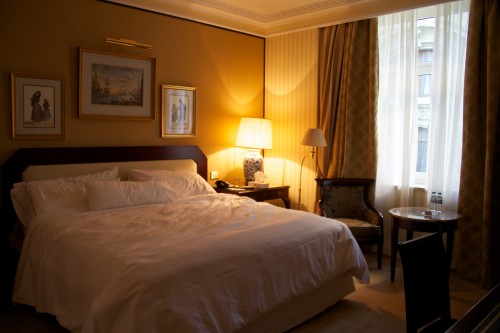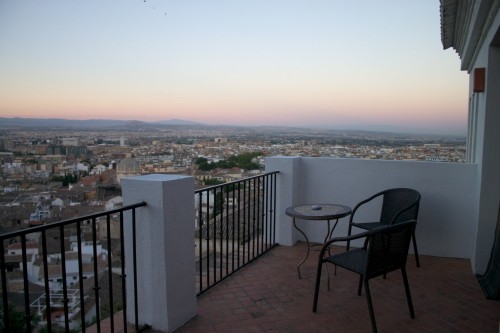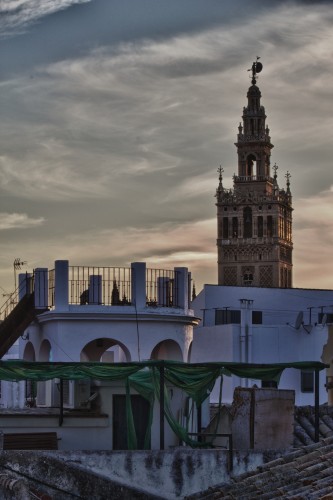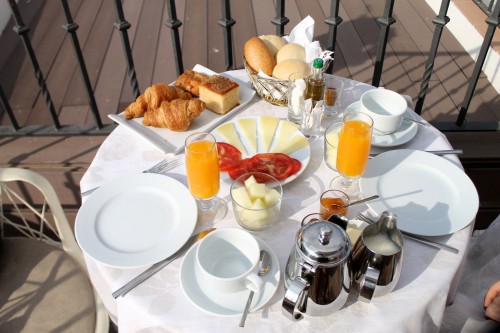The final five chapters of Writing Away provide tips for keeping accurate memories tucked inside your journal and tricks for keeping journal-writing fun and exciting.
Chapter 9: The Sum of Our Misadventures
Spalding continuously emphasizes how important and interesting bad experiences can be. Sometimes the worst experiences make for the best stories – once you’re able to laugh about it all, of course. Therefore, be sure to include it all in your journal. She seems to suggest that you seek out bad experiences, although she reminds you throughout the chapter that it’s not her point. I remain unconvinced. However, I will remember to include bad experiences in my journal, rather than trying to forget them (which tends to happen).
Chapter 10: Free Your Mind and the Words Will Follow
Traveling (getting away from the familiar) helps you become a better writer, which is important so that when it comes time to reread the journal years from now, the stories and experiences will be more entertaining and gratifying. Although travel may supply you with inspiration, you still need to write to improve your writing (of course, but it’s good to be reminded!). A few key thoughts from this chapter include:
- don’t be discouraged if your writing “sucks” – it happens to all writers and not everything is going to be perfect the first time around.
- avoid overusing clichés, stereotypes, and labels.
- cut down on adjectives such as beautiful, amazing, interesting, etc. and instead explain why something is beautiful, amazing, interesting, etc. (I am guilty of this and it’s something I’m looking forward to working on).
- to help get your mind and hand flowing, start each writing session with a 10-minute “free write” – don’t lift the pen from the paper, don’t edit, don’t stop.
- try writing in the present tense instead of the past. This can help bring you closer to the event and what you are describing.
Chapter 11: Tell Me the Truth
Many adults don’t write the whole truth in their journals – maybe they are afraid that it will get lost or that family members will discover the journal and read it in the future. I can appreciate that. I’ve left certain things out of a journal because if I wanted to share my thoughts with someone in the future, I wouldn’t want to share that memory with them. One way to start writing down the truth is to act as though it will never be read. Lock it up, find a good hiding spot, or destroy it (burn it, throw it in the lake, etc.) – this may help you be more truthful in your writing since it won’t be read by someone. Traveling can also help unleash the truth in your writing. It may trigger a memory or open your mind. Allow it to do both of these things.
Chapter 12: Having a Great Time, Wish I Were Here
The title refers to a couple of anecdotes Spalding shares about travelers taking pictures and videos to enjoy later, and missing the event that’s happening in front of them. The rest of the chapter focuses on how technology has changed traveling and how handwritten journals are becoming non-existent. Spalding urges the traveler to continue to use the handwritten journal while traveling, specifically for private memories and reflections. Technology also has a place in travel – digital cameras for taking pictures, for example. However, do not go overboard, photographing every single thing. Instead, focus on capturing the unusual or bizarre. And finally, while it’s very easy to stay connected to the internet while traveling, use it sparingly – write shorter emails and share additional stories when you return.
Chapter 13: Bring It on Home
Wrapping up a journal is something I often have trouble with – I’m usually so far behind and, on top of that, I think of stories and experiences that I forgot to write about. Spalding suggests that you don’t worry about catching up before finishing. Write a few words or sentences, or even write a “to-write” list to help remind yourself of what you plan to write about. This is something I still need (and plan) to do for our Portugal and Spain trip. I am still kicking myself for not getting anywhere close to finishing our first trip to Europe. I covered Venice and the first part of Cinque Terre extensively, but kept only minimal notes about Nice and Paris. I still don’t think it’s too late (over 3 years later) because I remember more now than I will 3 years from now.
And with that, my summary of Writing Away is complete. Hopefully some of the advice has been helpful for those of you journaling while you travel!





